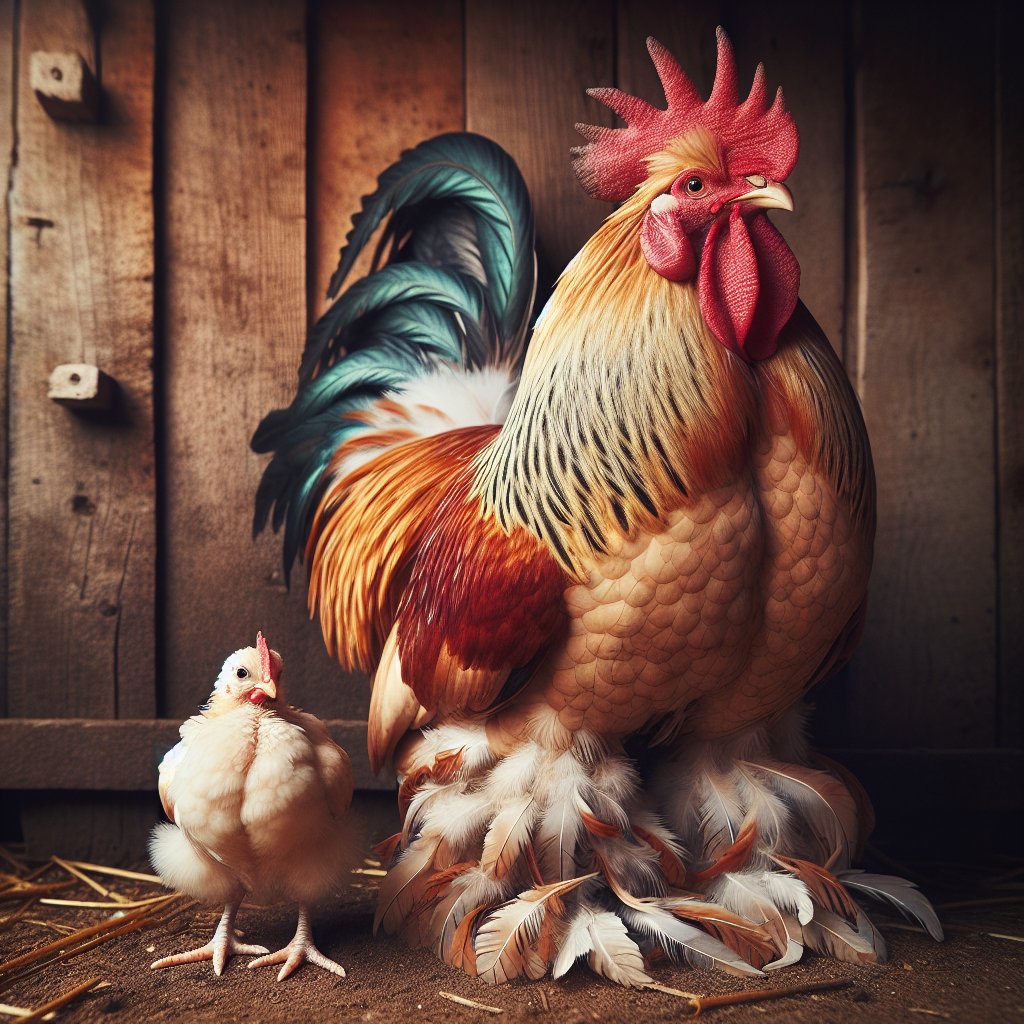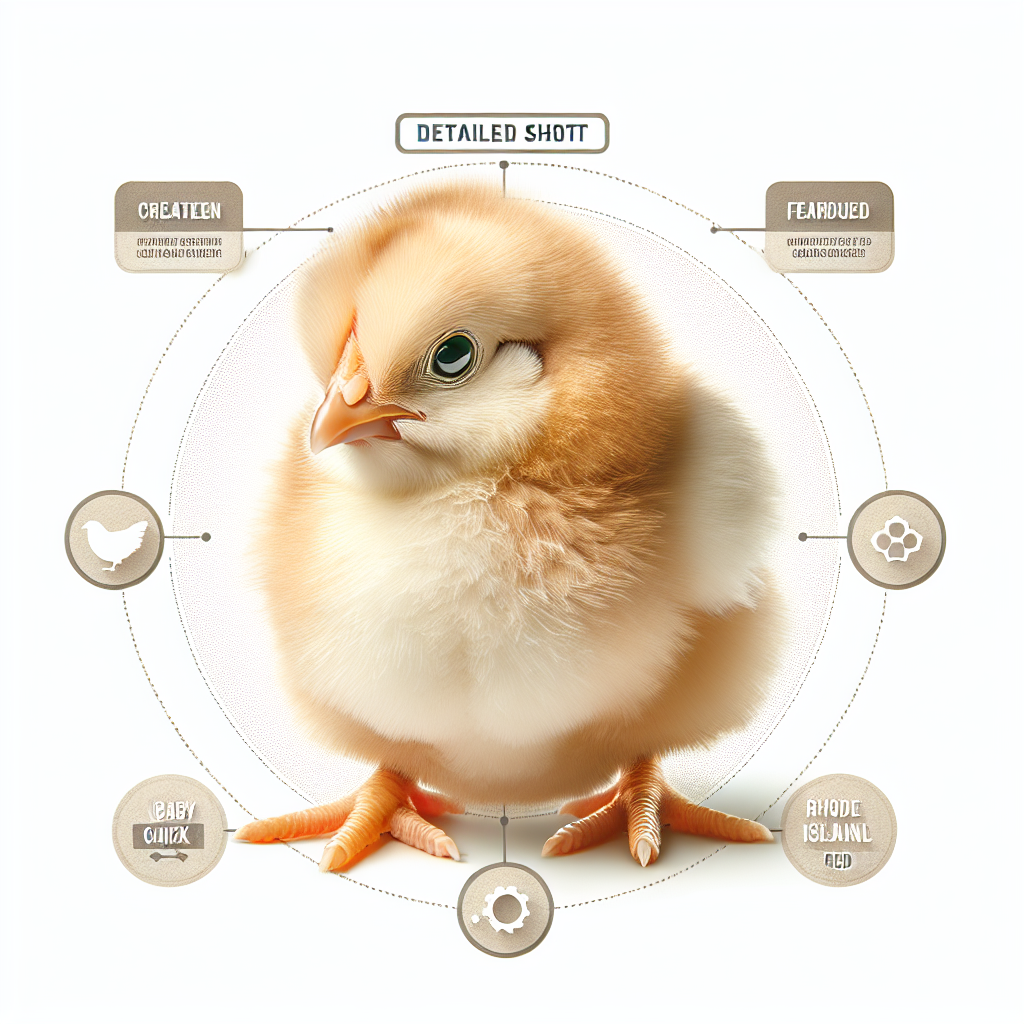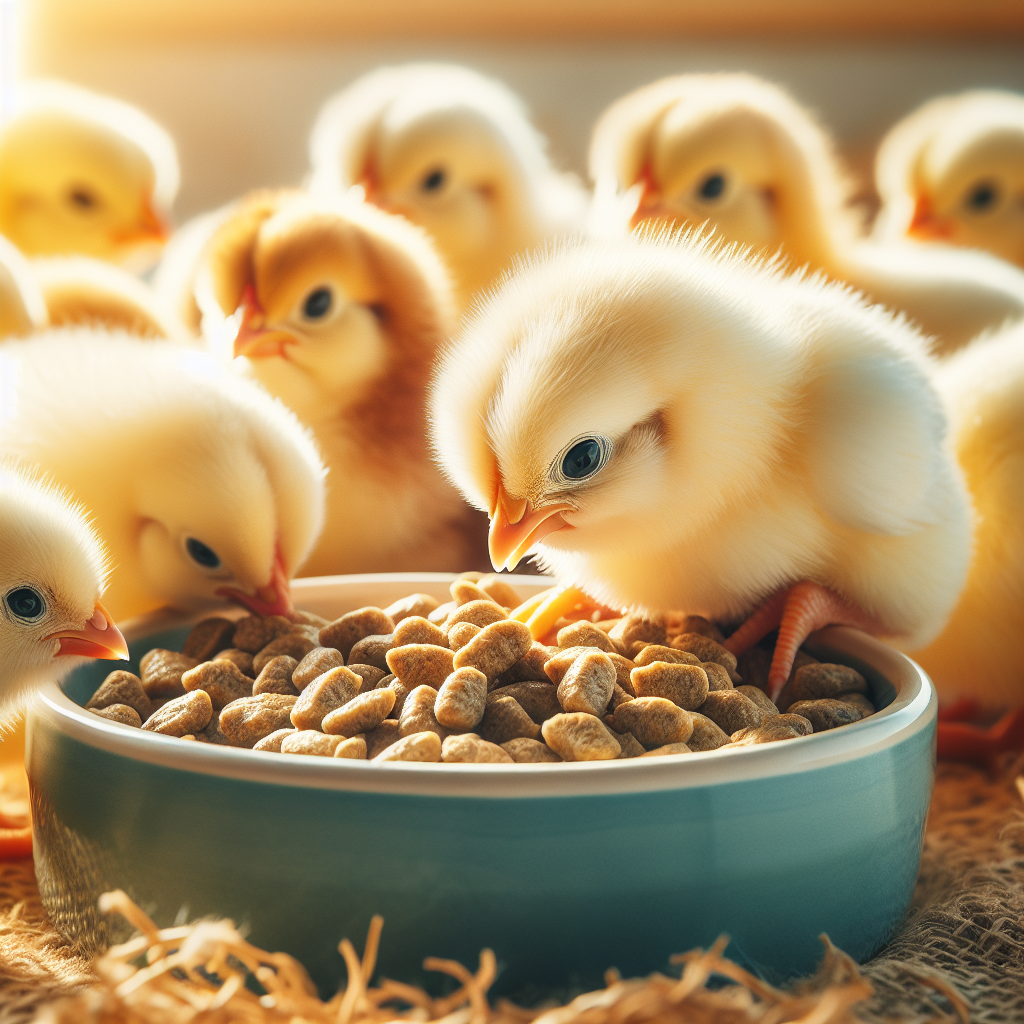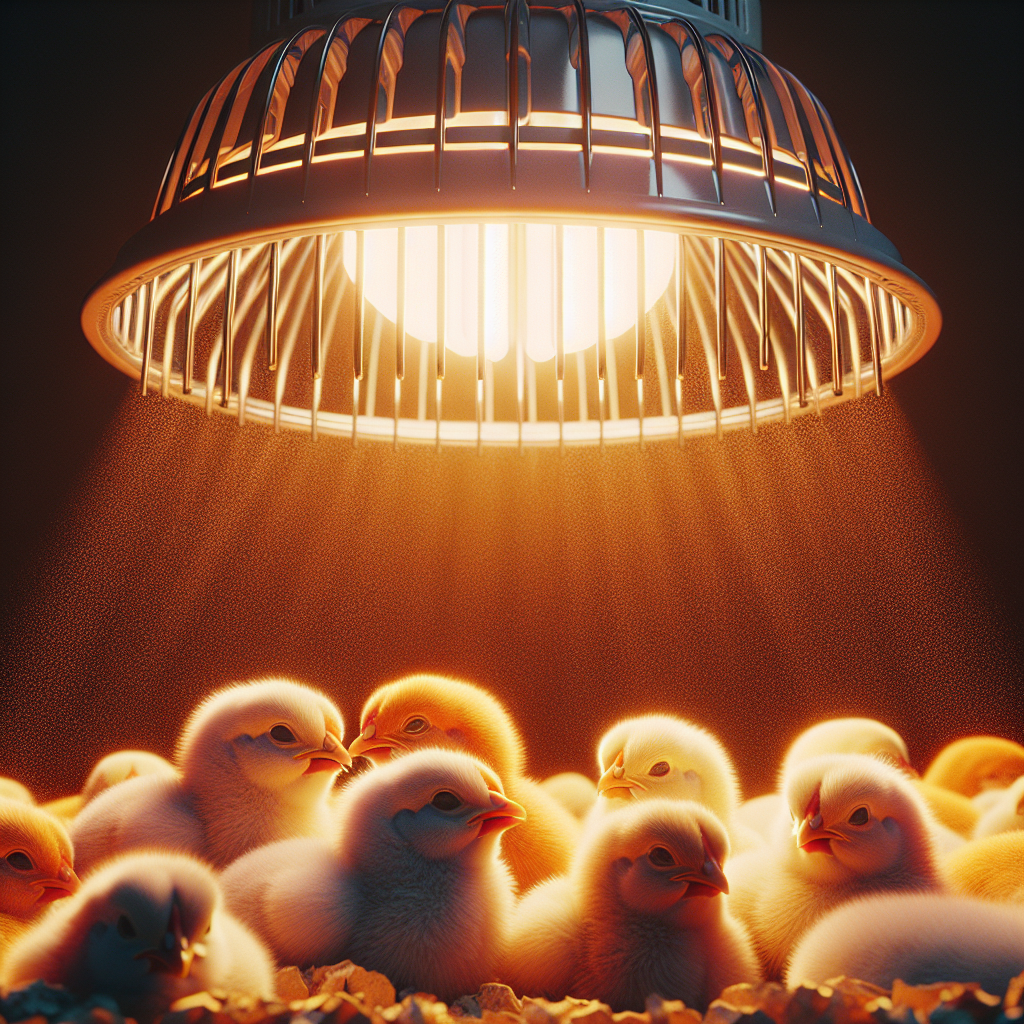Are you wondering how to tell the difference between pullets, which are young hens, and cockerels, which are young roosters? It can be difficult to distinguish them at first, but with a bit of knowledge and observation, you’ll soon become an expert. In this article, we will explore the key characteristics to look for in order to differentiate between these two young poultry. By the end, you’ll be able to identify whether you have a future egg-layer or a proud, crowing rooster in your flock.
Physical Characteristics
Feathers
One of the primary physical characteristics that can help you differentiate between pullets and cockerels is their feathers. Pullets tend to have feathers that are smooth and sleek, while cockerels often have feathers that are more coarse and pointy. Additionally, the patterns and colors of the feathers can also provide valuable clues. Pullets sometimes have more subtle and lighter feather colors, while cockerels may have brighter and more striking feather patterns.
Combs and Wattles
Another physical characteristic to consider is the development of combs and wattles. These are the fleshy growths on the top of a chicken’s head and beneath their chin, respectively. Cockerels typically have larger and more pronounced combs and wattles compared to pullets. In pullets, these growths may be smaller and less developed, especially in the early stages of their maturation.
Size and Body Shape
Size and body shape can also provide valuable insight into distinguishing between pullets and cockerels. Generally, cockerels tend to be larger and more robust compared to pullets. They may exhibit a more muscular build, with broader shoulders and a thicker neck. Additionally, cockerels often have a more upright and confident posture, while pullets might have a slightly more relaxed and smaller frame.
Behavioral Differences
Vocalizations
One of the most noticeable behavioral differences between pullets and cockerels is their vocalizations. Cockerels, even at a young age, often exhibit louder and more frequent crowing, which is a distinctive trait of roosters. In contrast, pullets tend to have softer and less frequent vocalizations, usually limited to clucking and occasional squawking.
Aggression
Aggression can also be a behavioral clue when differentiating between pullets and cockerels. Cockerels, as they mature, have a natural tendency to display more aggressive behaviors. They may become more territorial and exhibit dominance over the flock. Pullets, on the other hand, typically exhibit less aggressive behavior and are more inclined towards forming social bonds within the flock.
Dominance Behavior
Another behavioral difference to observe is dominance behavior. Cockerels often display dominant behavior by standing taller, puffing out their chests, and engaging in physical posturing towards other chickens. Pullets, while they may engage in minor squabbles for pecking order, generally exhibit less dominant behavior and are more cooperative within the flock.
Sex-Linked Traits
Coloration
Coloration can be a helpful sex-linked trait to consider when trying to differentiate between pullets and cockerels. Some chicken breeds have specific sex-linked colors, where males and females exhibit distinct feather colors. For example, in certain breeds, pullets may have lighter or more muted feather colors while cockerels may have more vibrant or contrasting feather colors.
Pattern
Feather pattern is another sex-linked trait to consider. In some breeds, the patterns on the feathers can differ between pullets and cockerels. For example, cockerels may have more prominent or eye-catching patterns, while pullets may have subtler or more uniform patterns.
Feather Sexing
Feather sexing is a method used to determine the sex of young chickens based on the characteristics of their feathers. This method requires expertise and experience to accurately identify subtle differences in feather development between pullets and cockerels. Feather sexing can be a valuable tool, but it is not foolproof and may not be applicable to all chicken breeds.
Sex Determination Methods
Feather Sexing
As mentioned earlier, feather sexing is a method used to determine the sex of young chickens based on their feathers. This technique involves carefully examining the feather development, texture, and coloration to make an educated guess about the bird’s sex. It is a commonly used method by experienced breeders and poultry experts who are familiar with breed-specific feather characteristics.
Vent Sexing
Vent sexing is another method used to determine the sex of young chickens. This technique requires gently examining the vent area, which is the external opening of the cloaca, to identify specific anatomical differences between pullets and cockerels. Vent sexing should only be performed by trained professionals, as it requires a high level of skill to accurately determine the sex based on vent characteristics.
Muscle Development
Muscle development can also provide clues about the sex of young chickens. Cockrels often exhibit faster and more pronounced muscle development compared to pullets. This can be observed through their more muscular build and broader shoulders. However, muscle development alone should not be relied upon as a definitive method for sex determination, as other factors such as breed and genetics can also influence muscle growth.
Physical Development
Feather Growth
Feather growth is an important aspect of physical development that can offer insights into the sex of young chickens. While both pullets and cockerels go through feather growth, there may be variations in the timing and pattern of feather development. Cockerels tend to develop feathers earlier and may have a more rapid and prominent feather growth compared to pullets.
Size and Weight Development
Size and weight development can also differ between pullets and cockerels during their physical development. Cockerels generally grow larger and heavier compared to pullets, with a more muscular build. However, it is essential to consider that breed and genetic factors can also influence size and weight differences, so these should not be the sole indicators for sex determination.
Appearance of Spurs
Spurs are bony growths that typically develop on the legs of roosters. They are used for territorial defense and can be a helpful indicator for sex determination once a chicken reaches a certain age. The appearance of spurs can vary depending on breed and individual development, but typically cockerels will start to develop spurs at around 4-6 months of age, while pullets will not develop them or may develop smaller and less pronounced spurs.
Egg Laying
Age of Sexual Maturity
The age of sexual maturity is a crucial factor in determining when hens will start laying eggs. Typically, pullets reach sexual maturity between 4 to 6 months of age, depending on the breed. Cockerels, on the other hand, do not lay eggs, so if a young chicken has reached the age of sexual maturity and is not laying eggs, it is likely a rooster.
Egg Production
Egg production is an obvious indicator of sex when it comes to mature chickens. Hens, or pullets, will eventually start to lay eggs once they reach sexual maturity. Cockerels, or roosters, do not lay eggs. Monitoring the presence or absence of egg production is an effective way to differentiate between pullets and cockerels.
Shape and Color of Eggs
While this difference becomes apparent later in a chicken’s development, the shape and color of eggs can also provide clues about the sex of the chicken. Hens typically lay eggs with varying shades of brown, white, or tinted shells, depending on the breed. Roosters, of course, do not lay eggs. Eggs of different shapes and colors can help identify the gender of a mature chicken.
Genetic Factors
Identification through Parentage
Genetic factors play a crucial role in determining the sex of chickens. By tracing the parentage and studying the genetic makeup of the flock, breeders can determine the likelihood of having certain ratios of pullets to cockerels in the offspring. Genetic testing can also be an option for more accurate sex determination, especially when it comes to specialized breeding programs.
Breeding for Sex Determination
Selective breeding for sex determination can be a strategic method used by breeders who wish to control the sex ratios in their flocks. By selecting specific breeding pairs, breeders can increase the likelihood of producing either pullets or cockerels, depending on their goals and requirements. This approach requires careful attention to genetic factors and consistent monitoring of breeding outcomes.
Sex-Linked Genes
Sex-linked genes are genetic traits that are linked to a specific sex. In chickens, certain characteristics, such as feather color or pattern, can be linked to the sex of the bird. By studying sex-linked genes, breeders and experts can gain a better understanding of the inherited traits that can aid in sex determination. However, it is important to note that sex-linked genes can vary between different chicken breeds.
Expert Consultation
Consulting a Poultry Veterinarian
When in doubt, consulting a poultry veterinarian can provide expert advice and guidance on sex determination. Poultry veterinarians have experience and knowledge in identifying the sex of young chickens using various methods, including physical characteristics and genetic markers. They can conduct thorough examinations and provide accurate assessments of a chicken’s sex based on professional expertise.
Seeking Advice from Experienced Breeders
Experienced breeders can be a valuable source of information and guidance when it comes to sex determination. They have hands-on experience in raising and breeding chickens, which often includes the ability to identify the sex of young birds with a high degree of accuracy. Seeking advice from experienced breeders can provide practical tips and insights specific to different chicken breeds.
Utilizing Online Communities
Online communities and forums dedicated to poultry enthusiasts can also be a helpful resource for sex determination queries. Engaging with these communities allows you to seek advice, share experiences, and learn from a diverse group of poultry owners and experts. Ensure that the information obtained from online sources is verified, reliable, and consistent with reputable sources and expert opinions.
Common Mistakes
Relying on Feather Coloration Alone
One common mistake when trying to differentiate between pullets and cockerels is relying solely on feather coloration. While feather color can provide hints, it is not always a foolproof method for sex determination. Some chicken breeds may have variations in feather colors within both pullets and cockerels, making it challenging to rely on color alone. Therefore, it is crucial to consider multiple factors and seek expert consultation for accurate identification.
Assuming by Behavior
Another mistake is assuming the sex of a chicken based solely on behavioral cues. While certain behaviors, such as crowing, can indicate a rooster, it is not the only behavior unique to male chickens. Some pullets may display more assertive or dominant behaviors, leading to potential confusion. It is important to consider a combination of physical characteristics and behaviors when determining the sex of a chicken.
Misinterpreting Early Signs
Misinterpreting early signs of sex determination can also lead to errors. For example, early feather development or aggression levels may not be reliable indicators for accurate sex determination. As chickens develop, their physical and behavioral traits may change, making it necessary to reevaluate the signs with time. Patience and ongoing observation are key to avoiding misinterpretations.
Importance of Accurate Identification
Maintaining Flock Balance
Accurate identification of pullets and cockerels is essential for maintaining a balanced and well-functioning flock. Keeping an ideal ratio of hens (pullets) to roosters (cockerels) ensures optimal breeding conditions and reduces conflicts and aggression within the flock. Understanding the sex composition of your flock allows for better flock management and overall harmony.
Managing Breeding Programs
In breeding programs, accurate identification of pullets and cockerels is crucial for maintaining and improving breed standards. Breeders rely on precise sex determination to select quality breeding pairs and achieve specific breeding goals, such as enhancing desired traits or eliminating certain genetic characteristics. Proper sex determination plays a vital role in the success and progress of breeding programs.
Addressing Health Concerns
Accurate sex identification can also help address potential health concerns in a flock. For example, if an unvaccinated rooster is mistakenly kept with a group of pullets, it can lead to the introduction and spread of certain diseases. By correctly identifying the sex of chickens, appropriate health measures and preventive treatments can be implemented, ensuring the overall well-being and disease resistance of the flock.
In conclusion, differentiating between pullets and cockerels requires a keen eye for physical characteristics, understanding of behavioral differences, knowledge of sex-linked traits, and consideration of genetic factors. While certain methods like feather sexing, vent sexing, and muscle development can aid in accurate sex determination, consulting experts, experienced breeders, and online communities can provide valuable guidance and support. Avoiding common mistakes and recognizing the importance of accurate identification can help maintain flock balance, manage breeding programs effectively, and address potential health concerns within the chicken flock.




